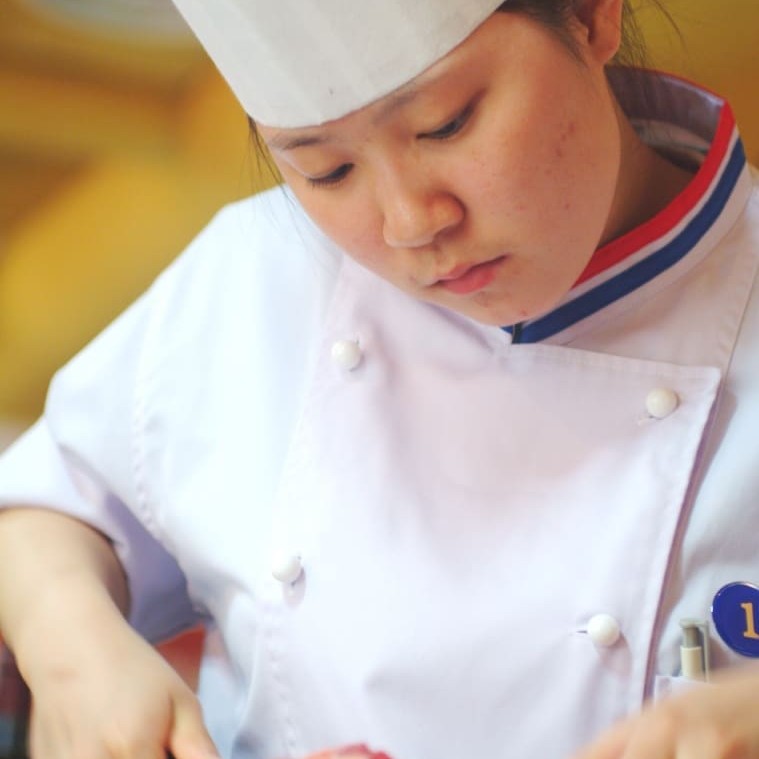 While China has been a priceless alternative market for Australian export at a time when trade into traditional markets like the US and Japan has been flagging, stakeholders may need to temper their expectations a little, judging by observations made in the market in recent days.
While China has been a priceless alternative market for Australian export at a time when trade into traditional markets like the US and Japan has been flagging, stakeholders may need to temper their expectations a little, judging by observations made in the market in recent days.
Meat and Livestock Australia China regional manager Andrew Simpson, who returned from a marketplace visit on the weekend, said China remained an exciting new market for Australian beef, and it was important for stakeholders to remain optimistic.
Nobody can deny that the volumes exported into China over the last year have been highly encouraging, with shipments topping 92,000 tonnes for the fiscal year ended June 30. That’s exceeded in volume only by the US, Japan and South Korea.
But particularly in some market segments, including higher end loin cuts, there was evidence of product being slow to move, Mr Simpson told beef Central yesterday, while we were jointly judging the Queensland Sausage Kings state final.
“Some of the supermarket stock is not moving as freely as it would otherwise be expected to,” he said.
“That’s perhaps an indicative sign that the Chinese consumers’ wallet is not yet as fat as we would like to think it is, and many consumers, like those in other parts of the world, are wary of the slowdown in the Chinese economy,” he said.
Macro-economics in China was a big part of this, and the growing middle class that Australian beef is targeting in the market is perhaps showing evidence of some additional spending caution, Mr Simpson said.
That slowdown was being clearly reflected in commodities like iron ore and coal, which provide a ‘street-sign’ of the state of the Chinese economy – both of which had slipped markedly.
“Politically, the social need to ensure that the peoples’ wealth status is maintained is a big issue for the Chinese government,” Mr Simpson said.
Within the food service sector, particularly, it was more the growth in the number of restaurants using Australian beef, rather than any expansion in turnover in beef within existing customer restaurants, that was driving recent trade expansion out of Australia.
“Supply into individual restaurants may be small, but it is the growth in the number of those restaurants that is driving the numbers,” he said.
“But many food service operators are saying they plan to open another 50 restaurants or another ten hotels next year, and that will likely drip-feed into more individual outlets that will hopefully continue to drive Australia’s business going forward.”
Mr Simpson said China remained a price-sensitive market, and was likely to stay that way for the foreseeable future. The bulk of trade was still in frozen form, much of it as briskets and manufacturing meat.
“It’s great to see some loin cuts going up there, and over time that is only likely to grow,” he said.
Big demand emerging for training
There had been a huge growth in demand from Chinese customers for training in food safety and handling procedures recently, Mr Simpson said, and it was an area to which MLA was increasingly devoting resources.
“We need to provide that food safety training, but also help with cutting techniques, that complement their need for productivity and yield. We don’t have the people on the ground yet, but we’re looking to build that capacity, with some retail butchers in the process of being recruited to deliver those programs.”
Industry in Australia had agreed to increase MLA’s China profile considerably, and some of those funds would be directed into this food safety/cutting education work. It was hoped that a ‘train the trainer’ process would allow that knowledge to filter-down through the customer ranks, across their restaurant, hotel, or supermarket chains.
Limited cold chain infrastructure was another strong reason to provide support in areas like food safety. Some product might be imported frozen, but thawed out and re-frozen several times before ultimate sale, making food safety a high priority.
Mr Simpson said the typical Chinese consumer was often quite ‘untrusting’ of the domestic Chinese food chain in terms of food safety risks, mostly due to earlier health scares like contaminants in infant formula.
“If there is a message that we can really ride on the back of, it’s that imported beef is safe, clean and healthy, provided it is handled properly,” he said.
One of the inherent risks in that process, however, was substitution. Several large export stakeholders have recently provided accounts to Beef Central of substitution of a superior Australian product with something else, simply be re-printing Australian identity vacuum-seal bags, complete with brand names and establishment numbers.
“How we keep the integrity of our supply chain intact is going to be a key issue going forward,” Mr Simpson conceded.
Big quarter beef trend
There has also been a growing trend in export of bone-in quarter beef to China.
This has been driven primarily by the fact that domestic Chinese cattle supply in many areas is now severely reduced, and operators with established boning rooms are looking for bone-in imports to keep their businesses operating.
The solution has been a growing trade in Australian quarter beef, both frozen and chilled. Another factor has been that the typical Chinese cutting specification varies quite significantly from Australia’s AusMeat cutting specs. Some items that would typically be presented in boneless form in Australia are bone-in in China.
It may be that over time, some Australian suppliers may start to offer bone-in primal cuts that more closely match those Chinese specifications, Mr Simpson said. At the other end, Cryovac machines determine how big a bagged product could be.
“I’m getting asked weekly by potential customers who in Australia can supply quarter beef into China,” he said.
Australia has not seen large volumes of quarter beef exports since the days prior to market liberalisation in Korea, in the early 1990s, when Korea traditionally took large volumes of frozen quarters.
Another factor was that China’s boning costs were just a fraction of those in Australia. Some sources have suggested that figure may be as much as $200 per head cheaper. Even if it is only $100 in front, that potentially represents a margin that could be shared between the exporter in Australia, and the customer in China, some stakeholders told Beef Central.
They key will be whether they can distribute that beef in their format at the price they are currently paying Australian exporters. At this stage the local domestic carcase beef price is still higher than that for imported Australian quarters, suggesting there is still some room to go before the trade reaches tipping point.
Of course there is far less efficiency in transporting export beef in chilled or frozen quarter form, rather than cartons, which would have to be factored into pricing calculations.
Another factor is the lack of infrastructure to handle big, heavy quarters in China, where carton meat is more manhandling-friendly.
Currently there is product being sold out of Australia at 30 RMB, and being sold in the market at 29RMB, suggesting either Australia’s pricing is at testing-point, and perhaps that the Chinese are still working on their distribution systems to find homes for the full carcase.
The trend in quarter beef is even evident in recent advertising appearing on the Beef Central website. Note Trugrade Materials’ advertisement for stockinette meat carcase bags appearing on our processing page.
New frontiers
 Mr Simpson said on the positive side, Australian beef was only now beginning to penetrate some second-tier Chinese cities.
Mr Simpson said on the positive side, Australian beef was only now beginning to penetrate some second-tier Chinese cities.
“If you look at the Chong Tsing area, which itself represents 30 million people, and Chung Do in western China, we see further big opportunities, and MLA is looking at placing a business development manager in the region in the next 12 months.”
“Western China is currently importing cattle from Kazakhstan, and transporting them all the way across to Beijing – that’s the equivalent of bringing cattle from Perth to Brisbane -simply because they do not have the cattle numbers locally.”
It appeared that the domestic Chinese herd had been heavily impacted by producers selling off their breeding cattle as part of a wealth grab, replacement of more rural land for urbanisation and other factors. Particularly in parts of central China, conditions had also been unusually dry recently, in contrast with the previous ten years, which had also contributed to liquidation.
One of the challenges in the Chinese meat trade was the number of new players that were now entering the market – some with little or no prior meat industry experience.



HAVE YOUR SAY